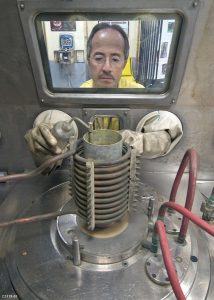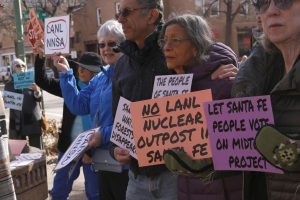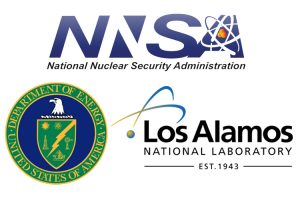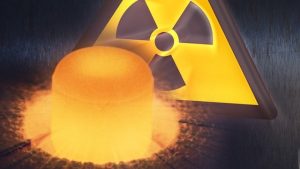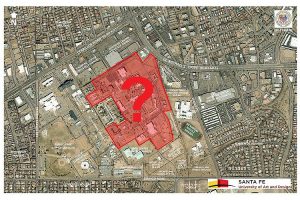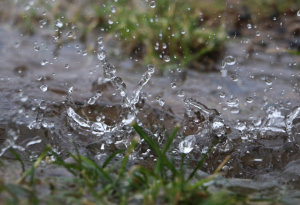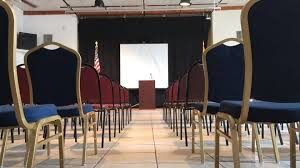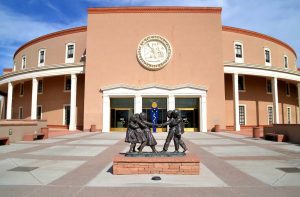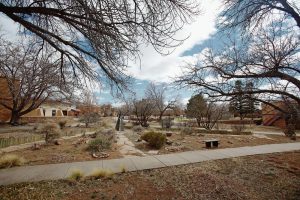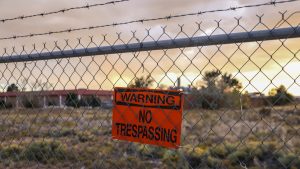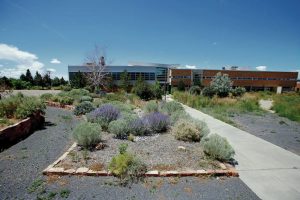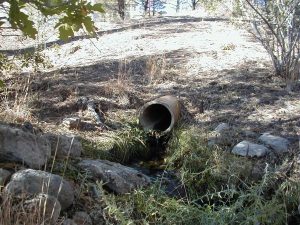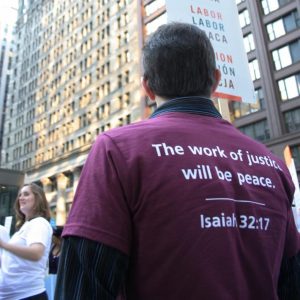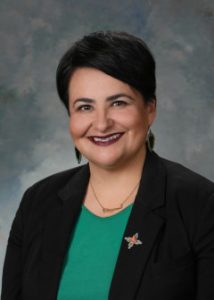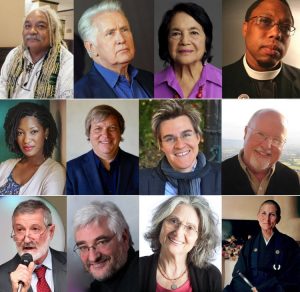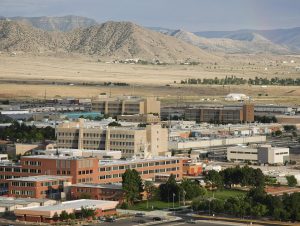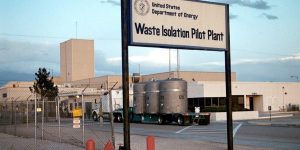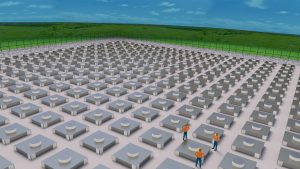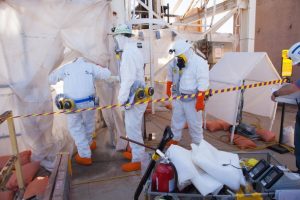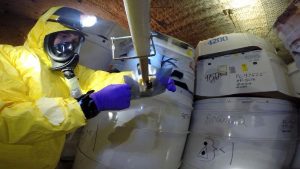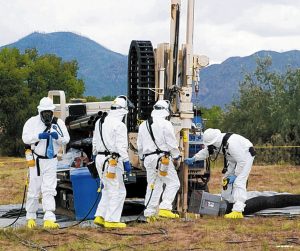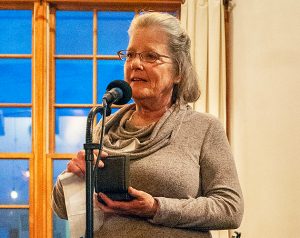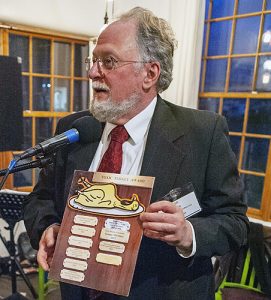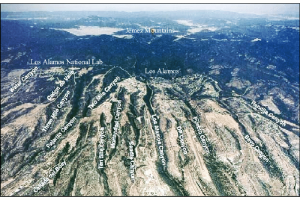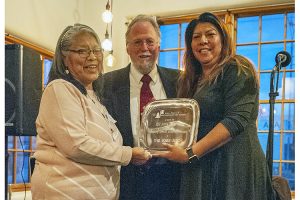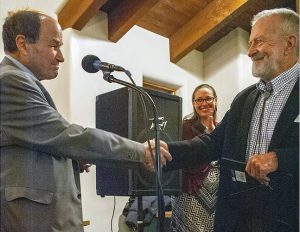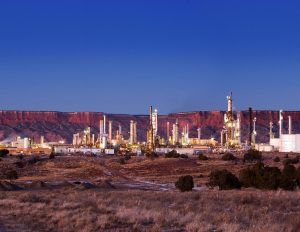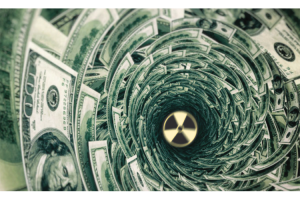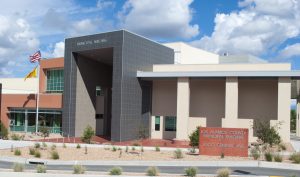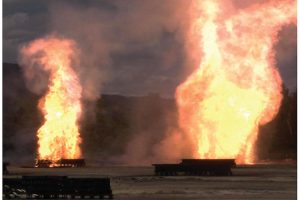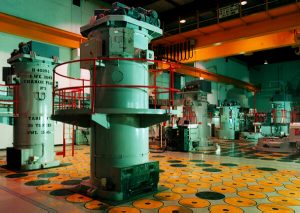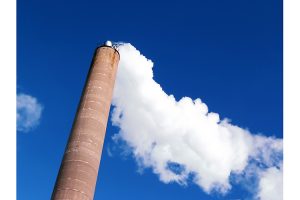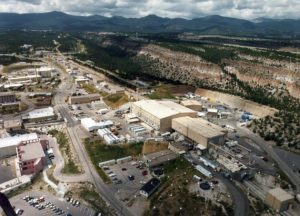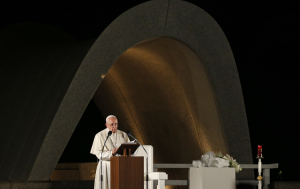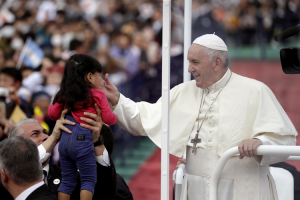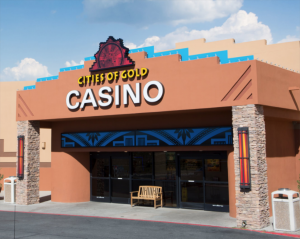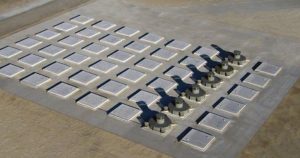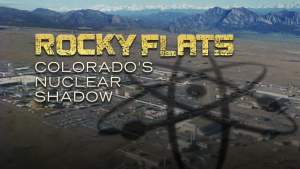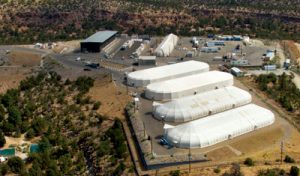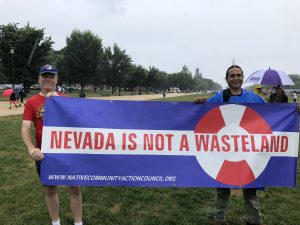![]() The Department of Energy’s semi-autonomous agency, the National Nuclear Security Administration (NNSA), has determined that a full environmental impact statement is not needed to increase the number
The Department of Energy’s semi-autonomous agency, the National Nuclear Security Administration (NNSA), has determined that a full environmental impact statement is not needed to increase the number 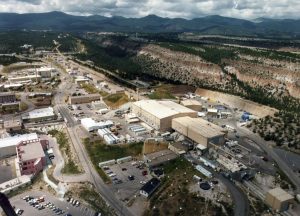 of triggers for nuclear weapons manufactured at Los Alamos National Laboratory (LANL) by 50 percent – from 20 to 30. Since 1997, DOE has limited production to 20 triggers, or plutonium pits, per year. Nevertheless, since that time, LANL has not produced anything near 20 pits per year – the most in one year was six. Safety and seismic issues have shut down production for years. Even so, LANL is the only U.S. location for such work. Critics oppose the decision and have stated that litigation may result.
of triggers for nuclear weapons manufactured at Los Alamos National Laboratory (LANL) by 50 percent – from 20 to 30. Since 1997, DOE has limited production to 20 triggers, or plutonium pits, per year. Nevertheless, since that time, LANL has not produced anything near 20 pits per year – the most in one year was six. Safety and seismic issues have shut down production for years. Even so, LANL is the only U.S. location for such work. Critics oppose the decision and have stated that litigation may result.
In 2018, the current administration determined that the U.S. would increase pit production at LANL and begin production at the Savannah River Site, located in South Carolina. Savannah River has never produced plutonium pits, let alone the planned 50 per year. For Savannah River, NNSA has determined that it would follow the National Environmental Policy Act (NEPA) and issue a full environmental impact statement for public review and comment.
The federal agencies have refused to conduct a programmatic environmental impact statement for operations at both facilities, including the transportation of nuclear materials between them.
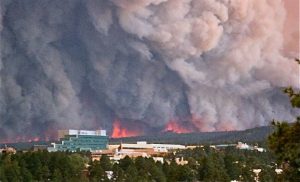 For LANL, NNSA said it would produce a supplemental analysis to the 2008 environmental impact statement. A supplemental analysis may not address the impacts of the 2011 Las Conchas fire, increased hexavalent chromium in the regional aquifer, and increased seismic danger on the Pajarito Plateau, which LANL occupies.
For LANL, NNSA said it would produce a supplemental analysis to the 2008 environmental impact statement. A supplemental analysis may not address the impacts of the 2011 Las Conchas fire, increased hexavalent chromium in the regional aquifer, and increased seismic danger on the Pajarito Plateau, which LANL occupies.
The 1997 decision to limit the number of pits to 20 is the result of citizen litigation. The Natural Resources Defense Council (NRDC), based in Washington, DC, represented 39 citizens groups from around the country against DOE. CCNS was one of the citizen plaintiffs, along with Tri-Valley Communities Against a Radioactive Environment, or Tri-Valley CARES, located in Livermore, California, where the Lawrence Livermore National Laboratory, LANL’s “sister” nuclear weapons laboratory, is located.
Marylia Kelley, Executive Director of Tri-Valley CAREs, said, “NNSA’s refusal to complete programmatic environmental review before plunging ahead with plans to more than quadruple the production authorization for plutonium bomb cores flies in the face of our country’s foundational environmental law, the [NEPA], and a standing federal court order mandating that the government conduct such a review.  The order was obtained in prior litigation by [NRDC] on behalf of itself, Tri-Valley CAREs, and additional plaintiffs. Today, I find myself shocked but not surprised that NNSA would so flagrantly flout the law. [] My group stands ready to uphold NEPA and the specific court order.” http://www.trivalleycares.org/
The order was obtained in prior litigation by [NRDC] on behalf of itself, Tri-Valley CAREs, and additional plaintiffs. Today, I find myself shocked but not surprised that NNSA would so flagrantly flout the law. [] My group stands ready to uphold NEPA and the specific court order.” http://www.trivalleycares.org/
For more information, please see the following documents [links provided by Nuclear Watch New Mexico]:
NNSA’s Federal Register Notice of Availability for the final Supplement Analysis is available at https://www.govinfo.gov/content/pkg/FR-2020-01-08/pdf/2020-00102.pdf It provides succinct background.
NNSA’s final Supplement Analysis is available at https://www.energy.gov/sites/prod/files/2020/01/f70/final-supplement-analysis-eis-0236-s4-sa-02-complex-transformation-12-2019.pdf
The 1998 court order that requires DOE to prepare a supplemental PEIS when it plans to produce more than 80 pits per year is available as Natural Resources Defense Council v. Pena, 20 F.Supp.2d 45, 50 (D.D.C. 1998), https://law.justia.com/cases/federal/district-courts/FSupp2/20/45/2423390/
1. Your financial support makes a difference! Please help CCNS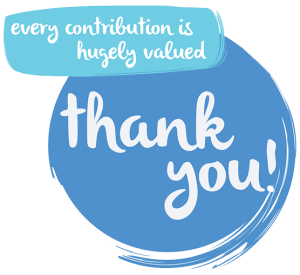 with an end-of-the-year tax-deductible contribution or a monthly sustaining donation. Mail your check to CCNS, P. O. Box 31147, Santa Fe, NM 87594-1147, or use our e-contribution form on the right side of our home page at http://nuclearactive.org/ We need your contribution to continue keeping you informed through our weekly broadcast and social media postings. Stay informed with the CCNS Media Network! Many thanks!
with an end-of-the-year tax-deductible contribution or a monthly sustaining donation. Mail your check to CCNS, P. O. Box 31147, Santa Fe, NM 87594-1147, or use our e-contribution form on the right side of our home page at http://nuclearactive.org/ We need your contribution to continue keeping you informed through our weekly broadcast and social media postings. Stay informed with the CCNS Media Network! Many thanks!
2. January 30th – The Waste Isolation Pilot Plant (WIPP) will hold a public meeting about its yet-to-be-submitted application for renewal of the ten-year 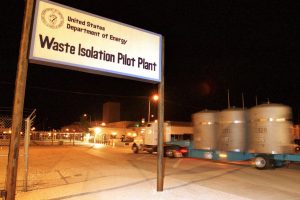 hazardous waste permit to the New Mexico Environment Department (NMED).
hazardous waste permit to the New Mexico Environment Department (NMED).
IN CARLSBAD: January 30th from 5 to 7 pm at the Skeen-Whitlock Building, 4021 National Park Highway, Carlsbad
For more information and to view the draft hazardous waste facility permit, go to https://wipp.energy.gov/rcra-proposed-mods.asp
3. Friday, January 31st at noon -11th Annual “Witness for the People” in the rotunda of State Capitol in Santa Fe. This event is organized by Interfaith Worker Justice- NM as the People of Faith State of the State address.  Music will be provided by Paul and The Tone Daddies.
Music will be provided by Paul and The Tone Daddies.
Confirmed speakers include:
* Archbishop John C. Wester;
* Lt. Governor Howie Morales;
* Representative Angelica Rubio (sponsor of House Memorial 5, entitled “Individuals Exposed to Radiation Support,” which urges the New Mexico Congressional delegation to pass the proposed amendments to the federal Radiation Exposure Compensation Act (RECA));
* Marian Naranjo, of Honor Our Pueblo Existence;
* Tina Cordova, of the Tularosa Basin Downwinders Consortium, also known as the Trinity Downwinders; and
* Ken Mayers with Veterans for Peace.
For more information, please contact The Reverend Holly Beaumont at hbeaumont@iwj.org and http://nuclearactive.org/trinity-hiroshima-nagasaki-commemoration-events-in-nm/

